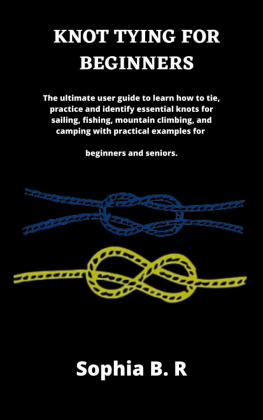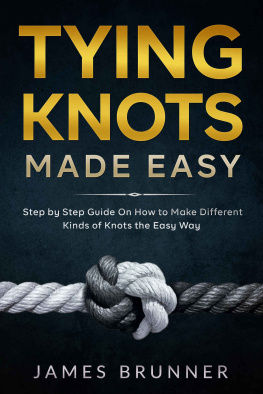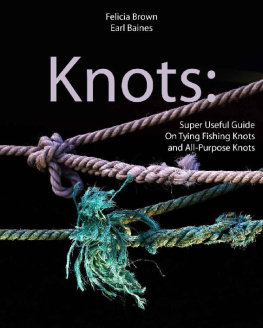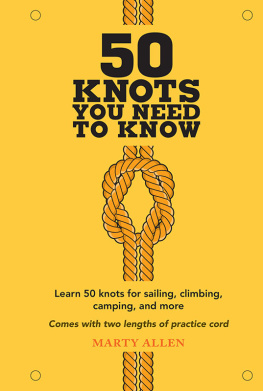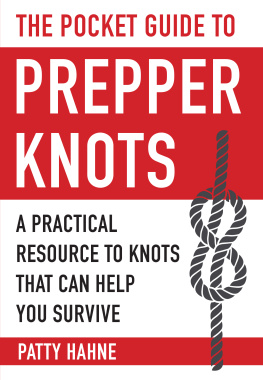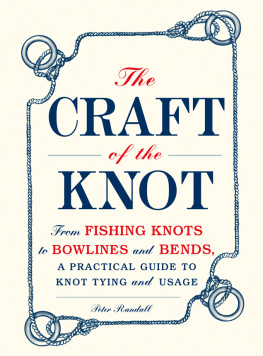Fitch Nate - Climbing - knots
Here you can read online Fitch Nate - Climbing - knots full text of the book (entire story) in english for free. Download pdf and epub, get meaning, cover and reviews about this ebook. City: Guilford;Conn, year: 2016, publisher: Falcon Guides, genre: Home and family. Description of the work, (preface) as well as reviews are available. Best literature library LitArk.com created for fans of good reading and offers a wide selection of genres:
Romance novel
Science fiction
Adventure
Detective
Science
History
Home and family
Prose
Art
Politics
Computer
Non-fiction
Religion
Business
Children
Humor
Choose a favorite category and find really read worthwhile books. Enjoy immersion in the world of imagination, feel the emotions of the characters or learn something new for yourself, make an fascinating discovery.

- Book:Climbing - knots
- Author:
- Publisher:Falcon Guides
- Genre:
- Year:2016
- City:Guilford;Conn
- Rating:4 / 5
- Favourites:Add to favourites
- Your mark:
- 80
- 1
- 2
- 3
- 4
- 5
Climbing - knots: summary, description and annotation
We offer to read an annotation, description, summary or preface (depends on what the author of the book "Climbing - knots" wrote himself). If you haven't found the necessary information about the book — write in the comments, we will try to find it.
Climbing - knots — read online for free the complete book (whole text) full work
Below is the text of the book, divided by pages. System saving the place of the last page read, allows you to conveniently read the book "Climbing - knots" online for free, without having to search again every time where you left off. Put a bookmark, and you can go to the page where you finished reading at any time.
Font size:
Interval:
Bookmark:
Nate Fitch is a faculty member in the renowned Outdoor Education Department at the University of New Hampshire specializing in climbing courses/programming, and is the director of the Gass Climbing Center. He is an AMGA-Certified Single Pitch Instructor and apprentice rock guide who is also active in providing AMGA instructor programs in the climbing wall and single pitch disciplines. He lives with his wife and two kids in Durham, New Hampshire.
Ron Funderburke is an AMGA-Certified Rock Guide. He is also a senior guide with Fox Mountain Guides and an AMGA SPI discipline coordinator.
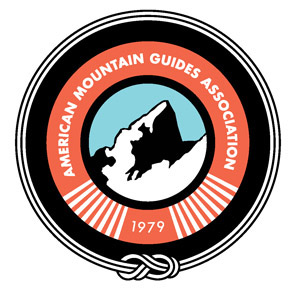


An imprint of Rowman & Littlefield
Falcon, FalconGuides, Outfit Your Mind, and How to Climb are registered trademarks of Rowman & Littlefield.
Distributed by NATIONAL BOOK NETWORK
Copyright 2016 by Rowman & Littlefield
All rights reserved. No part of this book may be reproduced in any form or by any electronic or mechanical means, including information storage and retrieval systems, without written permission from the publisher, except by a reviewer who may quote passages in a review.
British Library Cataloguing in Publication Information available
Library of Congress Cataloging-in-Publication Data
Fitch, Nate.
Climbing: knots / Nate Fitch and Ron Funderburke.
pages cm
ISBN 978-1-4930-0981-7 (pbk.) ISBN 978-1-4930-1506-1 (ebook) 1. Climbing knots. I. Funderburke, Ron. II. Title.
GV200.19.K56F58 2015
796.522dc23
2015021786
 The paper used in this publication meets the minimum requirements of American National Standard for Information SciencesPermanence of Paper for Printed Library Materials, ANSI/NISO Z39.48-1992.
The paper used in this publication meets the minimum requirements of American National Standard for Information SciencesPermanence of Paper for Printed Library Materials, ANSI/NISO Z39.48-1992.
Warning: Climbing is a dangerous sport. You can be seriously injured or die. Read the following before you use this book.
This is an instruction book about rock climbing, a sport that is inherently dangerous. Do not depend solely on information from this book for your personal safety. Your climbing safety depends on your own judgment based on competent instruction, experience, and a realistic assessment of your climbing ability.
The training advice given in this book is based on the authors opinions. Consult your physician before engaging in any part of the training program described by the author.
There are no warranties, either expressed or implied, that this instruction book contains accurate and reliable information. There are no warranties as to fitness for a particular purpose or that this book is merchantable. Your use of this book indicates your assumption of the risk of death or serious injury as a result of climbings risks and is an acknowledgment of your own sole responsibility for your safety in climbing or in training for climbing.
Rowman & Littlefield and the author assume no liability for accidents happening to, or injuries sustained by, readers who engage in the activities described in this book.
T he rope is one of the most expressive and indicative instruments in rock climbing. Much like a climbers body, the behavior, management, and usage of a climbing rope directly reflect the values, efficiency, security, knowledge, and effectiveness of the climbing team. When the rope is deployed skillfully, intentionally, and thoughtfully, the climbing team probably has a commensurate level of skill, intention, and fore-thought. When the rope is deployed incorrectly, arbitrarily, or lazily, the climbing team probably does not have an appropriate skill level to safely participate in the sport. Perhaps the climbing team simply defaults to patterns and practices that others have demonstrated, without a careful consideration or analysis. Perhaps the climbing team does not appreciate how or why the details really do make a difference when they pertain to staying safe and having fun.
More so than any other tool in the climbers repertoire, the rope is the tool that should be thoroughly understood and deployed in a way that makes a gesture to all other climbers and users: this rope says who I am, how I am doing, and how much I know.
The goal of this text is to deepen a climbers understanding of the use of the climbing rope. Beginners may find this text helpful because the usage of the rope can be learned and practiced. When learning to tie knots and hitches, it is important to practice in a safe learning environment, like a ground school. Its also important to learn to tie knots and hitches with both hands, from different perspectives, and in adverse conditions. Also, the use of online animated resources can be excellent tools for learning to tie knots and hitches, learning to manage rope, or learning new contexts for ropework.
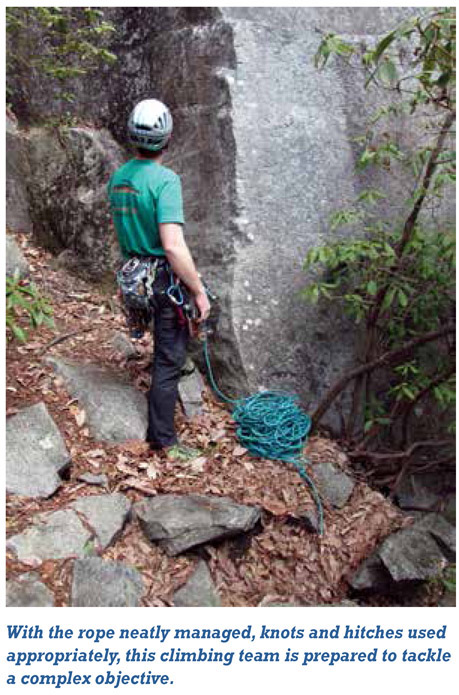
Intermediate climbers may discover why their mentors and instructors tend to default to the use of certain tools and techniques. There are many options when using a climbing rope, so it is important to understand why some knots predominate while others are forgotten. Most importantly, the use of a particular rope technique has no real merit if there are better alternatives. Intermediate climbers can often benefit from considering more choices, and understanding why a certain technique was selected in the first place, why it is so resilient.
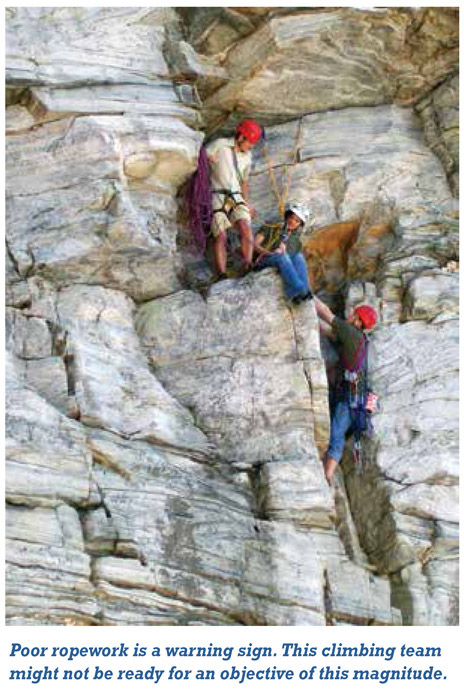
Lastly, more experienced climbers may also benefit from a retreatment of their rope practices. Sometimes, as climbers understanding of knots and hitches deepens, they become archivists of techniques that dont have any real merit. Experienced climbers often use obscure techniques simply because they are novel, which is a problem when novelty usurps efficiency or the responsibility of being a good mentor to new climbers.
Ultimately, climbers need to remember that the climbing rope is a tool we use to keep each other safe, but it is also a piece of folk art. If the rope is used entirely as a piece of folk art, it can still teach us quite a bit about the culture of climbing, but it probably wont be the most efficient, adaptable, or effective tool. However, if the rope is regarded entirely as a tool, then climbers will also lose touch with the craft, lore, and heritage that has proven to keep all climbers safe, through generations of trial and error. A climbing team is more likely to strike an appropriate balance between artistry and functionality when everyone understands
the history of a given knot or rope technique,
the inherent efficiency of tying it and untying it after use,
how the technique affects the ropes natural strength, and
the reliability of a knot or rope technique.
When a climbing team understands these basic criteria and uses them to evaluate all rope techniques, certain applications become obvious in certain contexts.
Each section of this text is designed to prepare climbers to solve problems when they are most relevant to their experience. In the beginning, under appropriate mentorship, climbers may not need to know anything more than how to tie in. But soon, they will want to learn to belay and differentiate attachment techniques from each other. As climbers begin to set up topropes and learn to lead climb, anchoring is a routine task. Finally, when climbers begin to look forward to multipitch climbing, improvised self-rescue, or mountaineering, the care and application of the rope will be imperative. All climbers have to start somewhere, and there is something in this text for every climber, wherever climbing takes him/her.
Font size:
Interval:
Bookmark:
Similar books «Climbing - knots»
Look at similar books to Climbing - knots. We have selected literature similar in name and meaning in the hope of providing readers with more options to find new, interesting, not yet read works.
Discussion, reviews of the book Climbing - knots and just readers' own opinions. Leave your comments, write what you think about the work, its meaning or the main characters. Specify what exactly you liked and what you didn't like, and why you think so.

